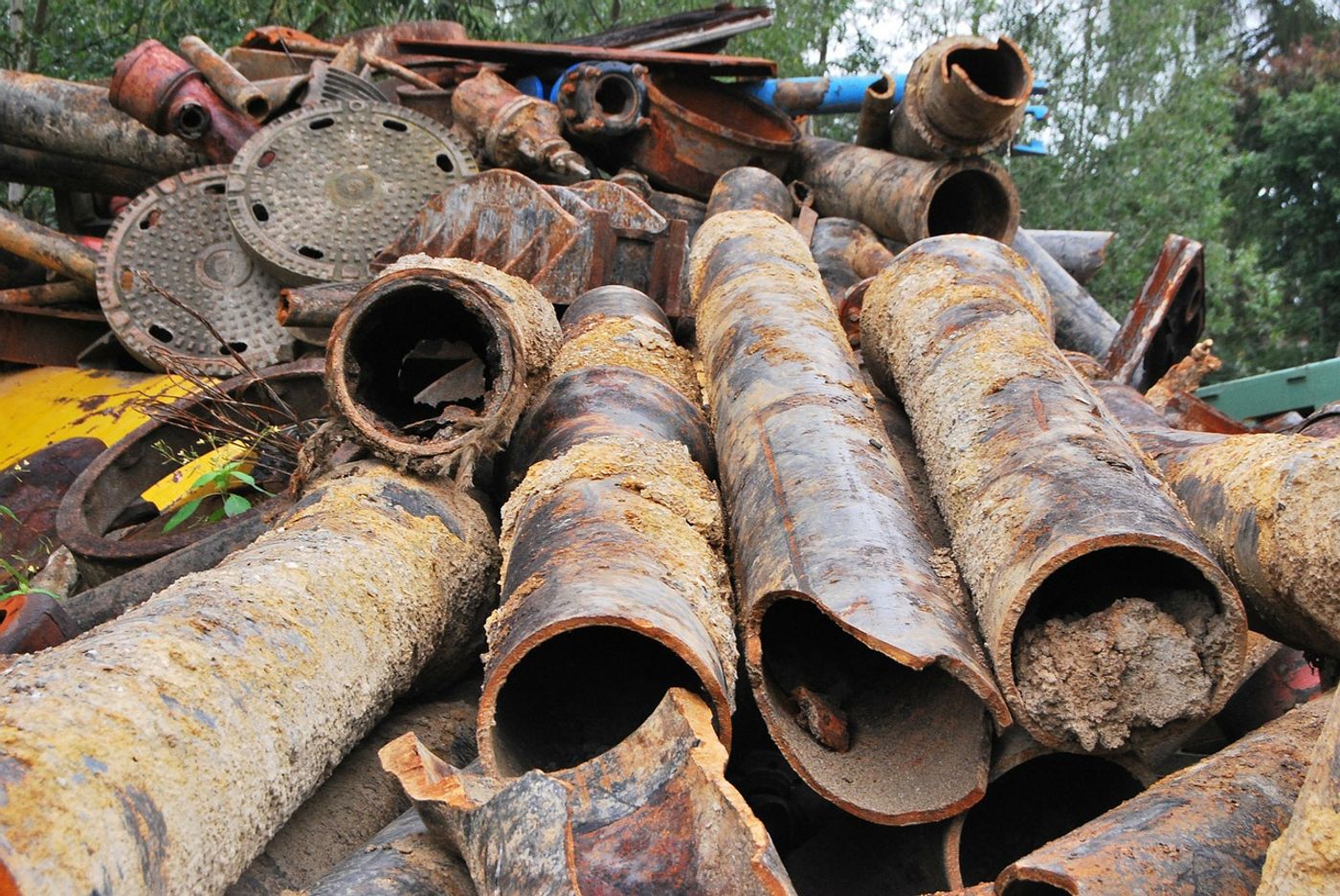Toxic Heavy Metals Pose Cardiovascular Risk
Toxic metals, including “heavy metals,” are individual metals or metal compounds that adversely affect people’ health. While some of these metals, such as lead and selenium, may be necessary in small amounts to support life, large amounts can become toxic. Exposure to these metals in the environment has become a global public health concern as they have made their way into water supplies and the food chain via irrigation.
Some of these metals such as arsenic, lead, cadmium, mercury, and copper are known for having potentially deleterious health effects. According to the World Health Organization arsenic and cadmium are human carcinogens, with exposure to high levels being associated with higher risk of cancers of the liver, kidney, bladder, and skin. Arsenic is also the world’s second-leading water-borne cause of mortality. Previous research now suggests that exposure to these toxic metals may be a risk factor for cardiovascular disease. While the role of toxic metals as carcinogens has been more widely studied, the association between environmental toxic metals and cardiovascular disease is not well characterized. Characterization of this association given the nature of toxic metal contamination is vital to informing public health efforts related to toxic metal exposure.
A recent study published in The BMJ, led by researchers at the University of Cambridge, examined the effect of low doses of toxic metals on cardiovascular health. The team of researchers at the Department of Public Health and Primary Care at Cambridge conducted a review of published studies covering 350,000 participants from 37 countries. Studies reporting risk estimates for cardiovascular disease for levels of toxic metals were included up to December 2017 to conduct a systematic review and meta-analysis. The study included a total of 13,033 coronary heart disease cases, 4,205 cases of stroke and 15,274 cardiovascular outcomes.
Overall, the study concluded that exposure to toxic metals such as arsenic, lead, cadmium, and copper are associated with increased risk for cardiovascular disease and death. Today individuals are still exposed to sources of toxic metals due to soil contamination, past uses of lead in paint and plumbing, and industrial uses for the production of plastics and batteries. As well as the continued presence of toxic metals in tobacco and the subsequent smoke, drinking water and air, and dust near industrial and waste sites. More recently electronic cigarettes have also risen as a source of toxic metals due to the heating coil leaching metals into inhaled aerosols.
The results emphasize the need to tackle the environmental and public health problems associated with toxic metal exposure which disproportionately affects people in low- and middle-income areas/countries. "It's clear from our analysis that there's a possible link between exposure to heavy metals or metalloids and risk of conditions such as heart disease, even at low doses - and the greater the exposure, the greater the risk," says Dr. Rajiv Chowdhury, the study's first author. "While people shouldn't be overly worried about any immediate health risk, it should send a message to policymakers that we need to take action to reduce people's exposure." Cost-effective interventions such as environmentally-friendly water filters or behavioral changes such as rinsing foods before cooking are being tested to reduce exposures at a household level.
To learn more about the various conditions associated with cardiovascular disease watch the video below!
Sources: The BMJ (research article), United States Department of Labor OSHA, The BMJ (editorial)









